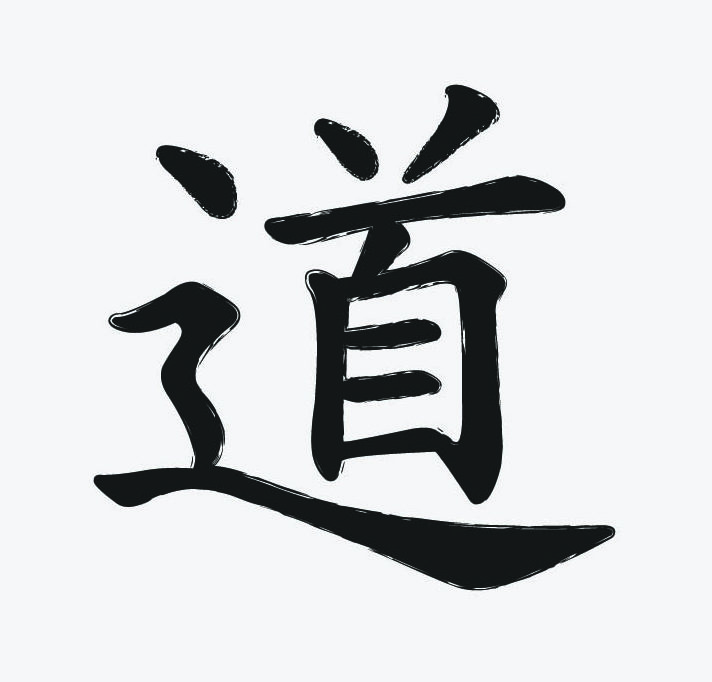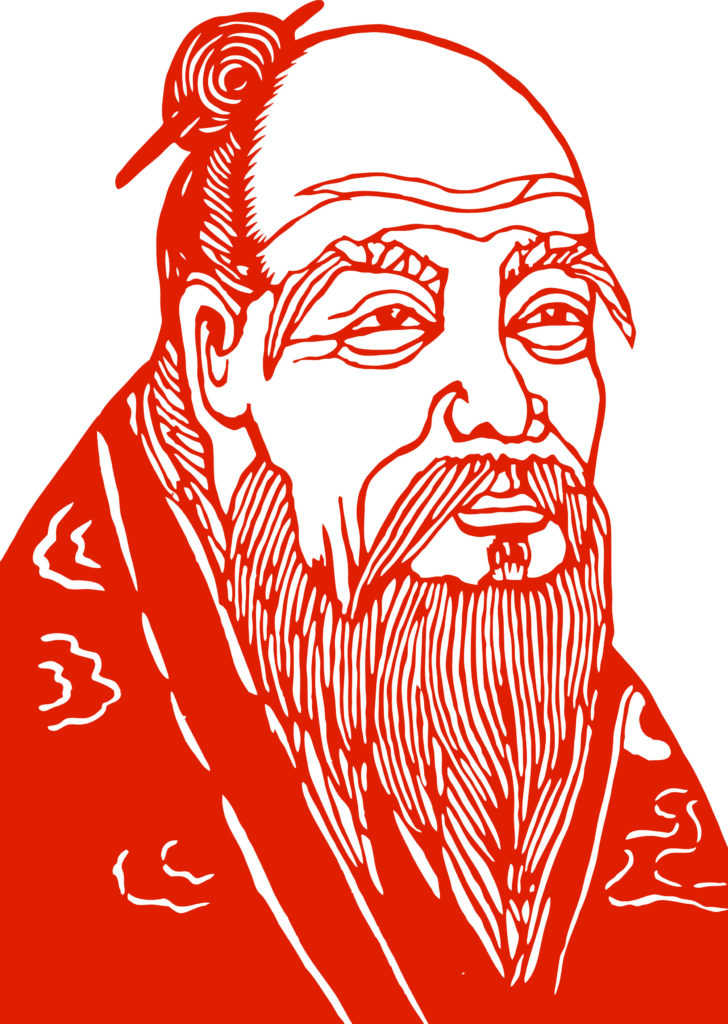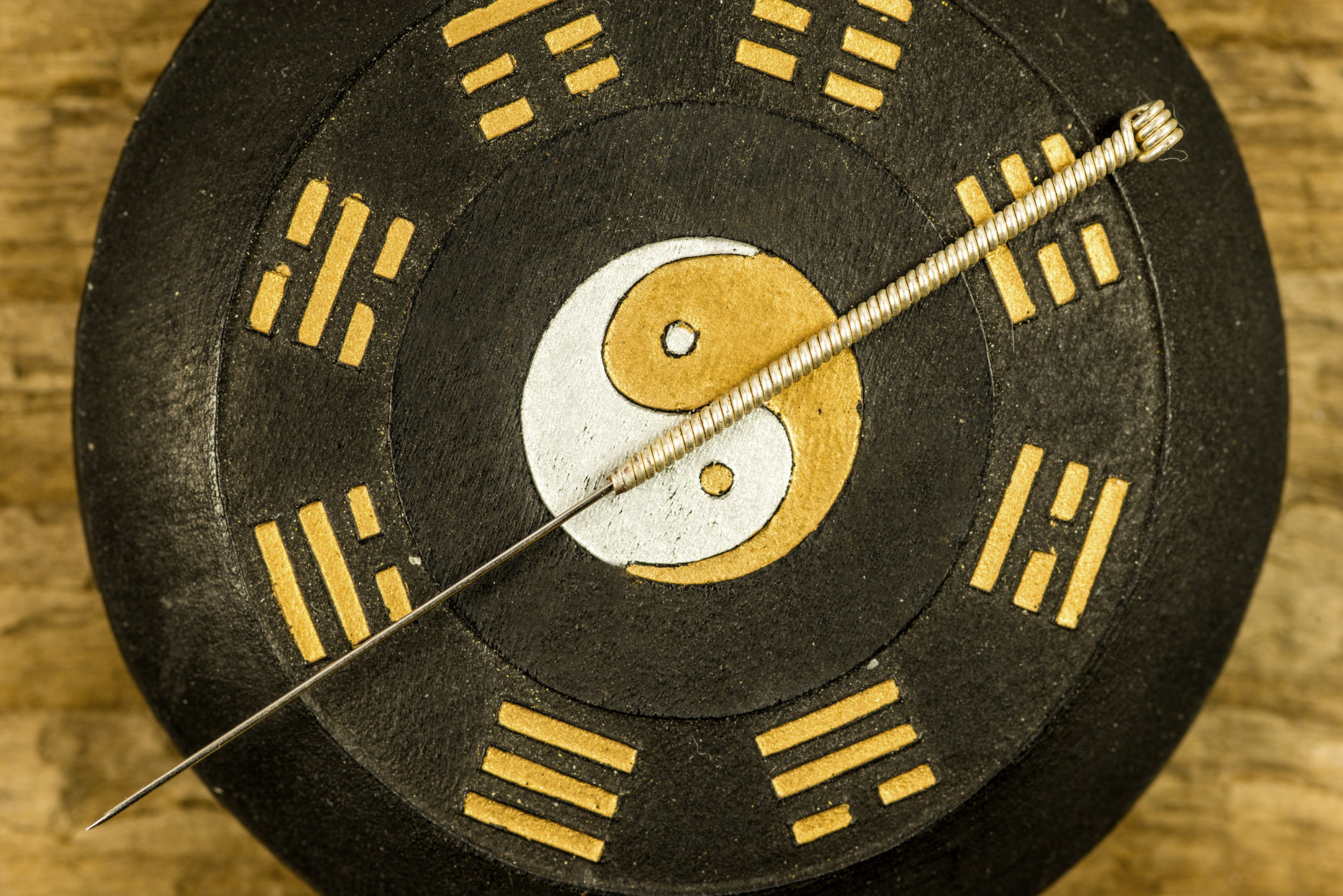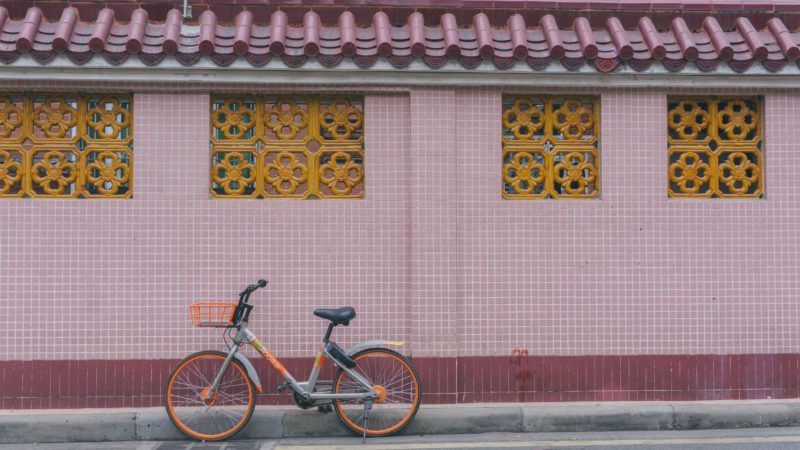
BEIJING – Perhaps the finest allegory of Tao is that it resembles water:
“Instead of contending with things, it prefers to dwell where no one would like to stay.”
In a way, this is how Taoism steadily trickled down and onto the various layers of European society – unobtrusive and seemingly effortless. But it also means that Tao changed very little in terms of society’s structure.
Taoism: a religion, philosophy and academic discipline
Taoism as a religion (daojiao) is far less popular in Europe than is philosophical Taoism (daojia) with its unique set of terminologies and concepts (yin and yang, dao, wu-wei, etc.). A third, very significant approach to Taoism is the study of Taoism as an academic discipline (daoxue). All three approaches to the Tao in Europe shall be discussed in this article, in order to see their various impacts on European culture (if any).
Although Taoism originated in China, it is now part of world history and thus, I hope, considered global knowledge. Therefore, your author refrains from giving European translations of Chinese words; except where he believes it easies the flow of the argument considerably. That said, the less we treat Taoist (or any other Chinese) terms as second-class to Western ones, the better.
‘Yin and Yang’ is probably one of the single most important cultural imports to the European humanities. It is universally understood to represent two opposing yet complementary forces, acting upon each other, taking turns. Ultimately, however, they are one.
The simplicity and beauty of it has infinite applications: it may refer to nature, cosmos, or human society. It could be used to describe anything from peace and order, to spiritedness, dialectics, and our drive for perfection. The yin yang symbol is so popular that it can be spotted in Europe not only decorating the covers of books and magazines, but also engraved onto skins (tattoos), molded into jewelry, printed on caps and shirts, and used on thumbnails and collages throughout the internet.

Taoism comes from ‘Tao’ (Pinyin: Dao), and its most common English translation is ‘the Way’. That ‘Way’ could be anything – the path to enlightenment, perhaps; or an instruction manual on how to become a sage or spiritual leader, etc.-; hence Taoism has conquered space in Western esoteric book shops and the self-help industry. In Europe in particular, Taoist elements are often mingled with other Asian traditions such as Buddhism – mostly [Japanese] Zen or Tibetan Buddhism, both of which are popular with consumers. While none of the Far Eastern traditions in Europe has set “the rivers on fire,” they are precisely admired for their peaceful composure, their passivity, and their deep humanism; as opposed to Middle Eastern Islam, a religion that is perceived in Europe as overly assertive and dominant-seeking.
Needless to say, Europe is Christian through-and-through. There’s isn’t a suburb or town in Central Europe without a church at its centre. Understandably, non-European traditions settle mostly on the fringes of society, or in the underground. And while South Asian Buddhism and Hinduism have branched out in Europe a little bit more (due to India having once belonged to the British Empire, and due to the fact that Sanskrit/Hindi belong to the Indo-European family of languages), the three major Chinese traditions – Confucianism, (Chinese) Buddhism, and Taoism – remained largely untapped for centuries, mostly due to the lack of access to China, and due to the relative difficulty of mastering the Chinese writing system.
Taoism v Buddhism – visibility in European society
Taoism may also be less “visible” than Buddhism in Europe, mainly because of the countless Buddha images. One can purchase a clay Buddha from any garden store for ten Euros’ worth a piece; or a ceramic one for your in-house vitrine. IKEA, the world’s largest furniture provider, once retailed a Buddha toilet seat. The imagery of a bold monk with large earlobes, sitting in meditation on a giant lotus, let alone other prominent variations such as the fat ‘Happy Buddha’ (called Maitreya), are very popular with kitch collectors, and thus heavily commercialized. Leaders take notice. His Highness the Dalai Lama, the otherwise worldly leader and Tibetan political activist, knows this very well and never changes his Buddhist attire. It’s a brand. It’s a signature.
Taoist monks and practitioners, on the other hand, do not shave their heads, which, in the world of trademark and instant recognizability, is a considerable disadvantage.

Besides, what does Laozi look like? What distinguishes him from Confucius, Mencius, Zhuangzi, Mozi, or any other Mandarin for that matter? It cannot be the beard, can it? Bertolt Brecht, the famed German post-war dramaturge and playwright, undoubtedly recognized Laozi’s ‘image problem’, and aided his audiences by putting the poet on the back of an ox riding into exile. It’s a symbol for virility, strength, and wisdom. Everyone remembers an ox, right?

Moreover, there are very few Taoist role models. Most Europeans have heard about the “Shaolin” monks and their (Buddhist) monastery in Zhengzhou, in Henan province of China, largely because of their looks and their kung-fu style. Once seen, they are unforgettable. In comparison, the numerous Taoist temples and schools in the Wudangshan, a mountain range in Hubei province of China, are largely unbeknownst to even the most educated Europeans outside the field.
Terminologies lie at the heart of Taoism
Layman Taoists and material arts enthusiasts, of course, will strongly disagree. To them, the Taoist concepts of qi and taijiquan are well-established. They may be looking for better definitions, but not for lazy translations. This display of respect for China’s socio-cultural originality goes a long way. Other Taoist key terminologies (which sometimes overlap with Confucian and Buddhist ones) are daojia, de, fuguang, fu-qi, hun (as in hun and po), qingjing, taiqing, and the highly significant archetypes of wisdom: the daojun (the Taoist gentleman), xianren (deities and superhuman beings), and shengren (sages of the highest perfection).
It’s those categories and names that brand the Taoist tradition. And if all those terms were omitted or actively suppressed, no matter their former pomp and glory, the culture they transported would derail, crash, and sink into the waters of collective amnesia.
Note: Translations throughout this paper from GU Zhengkun [辜正坤] (2007), The Book of Tao and Teh, by Laozi
If you enjoyed this piece and want to contribute an article to Dao, please get in touch with the team.









